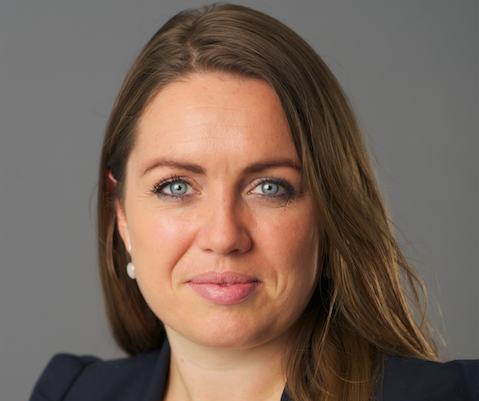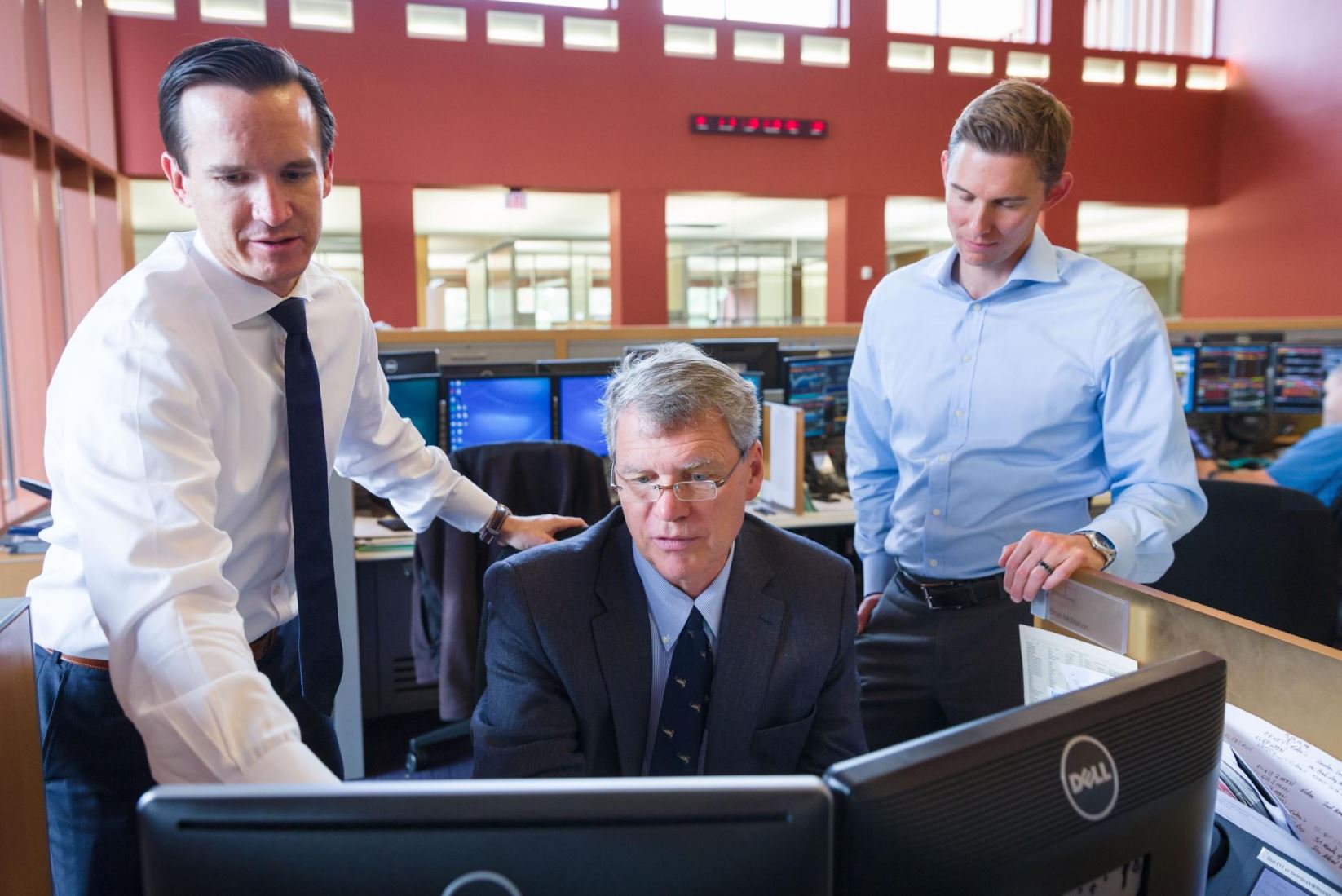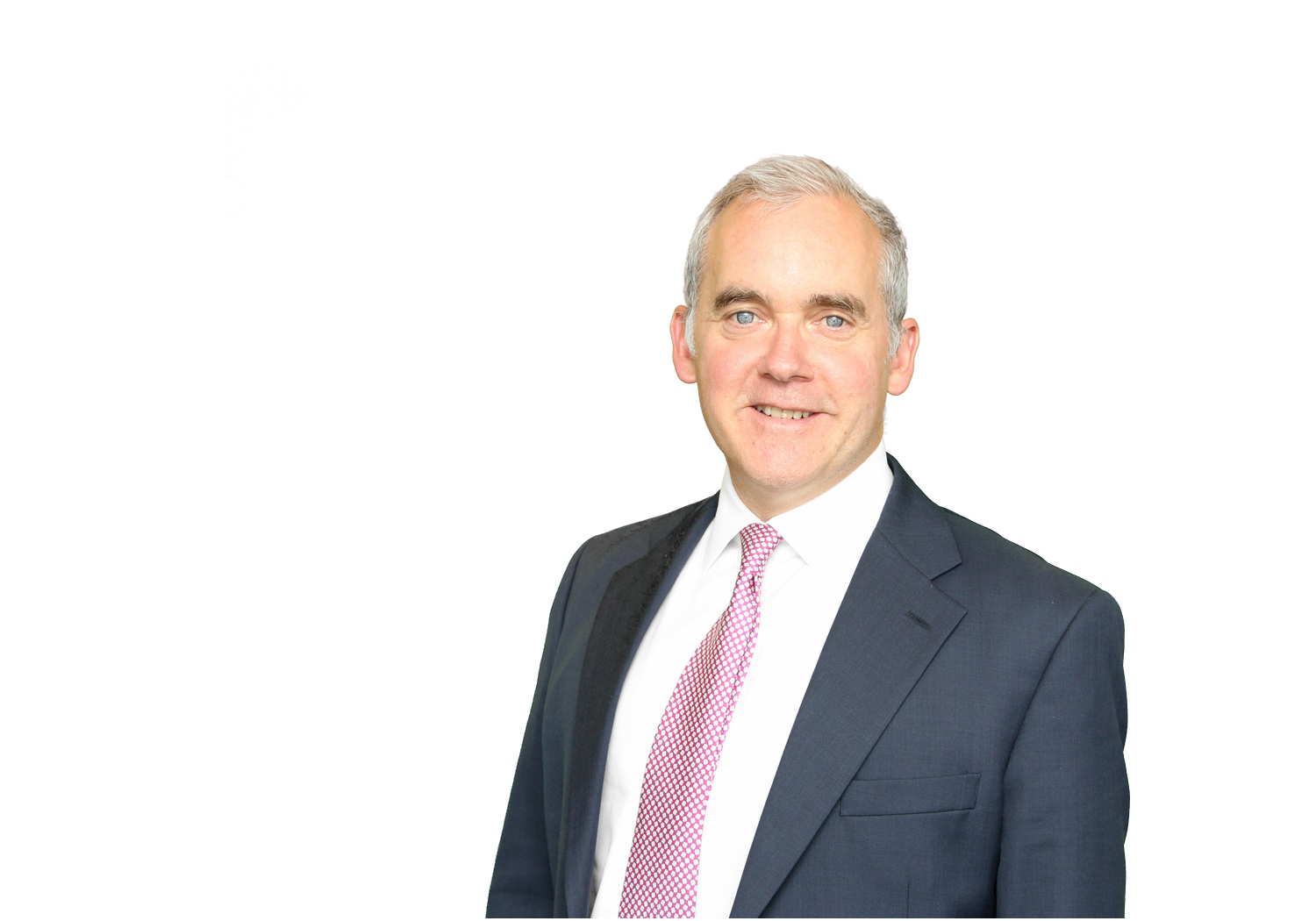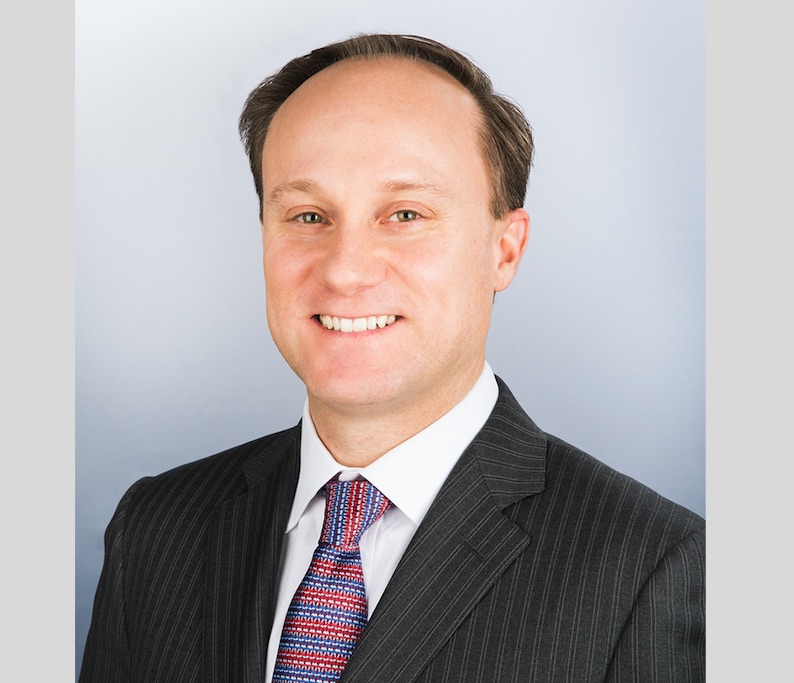Henderson Global Growth: A ‘Growth’ Equity Strategy that Selects Stocks from a ‘Value’ Perspective
| For Fórmate a Fondo | 0 Comentarios
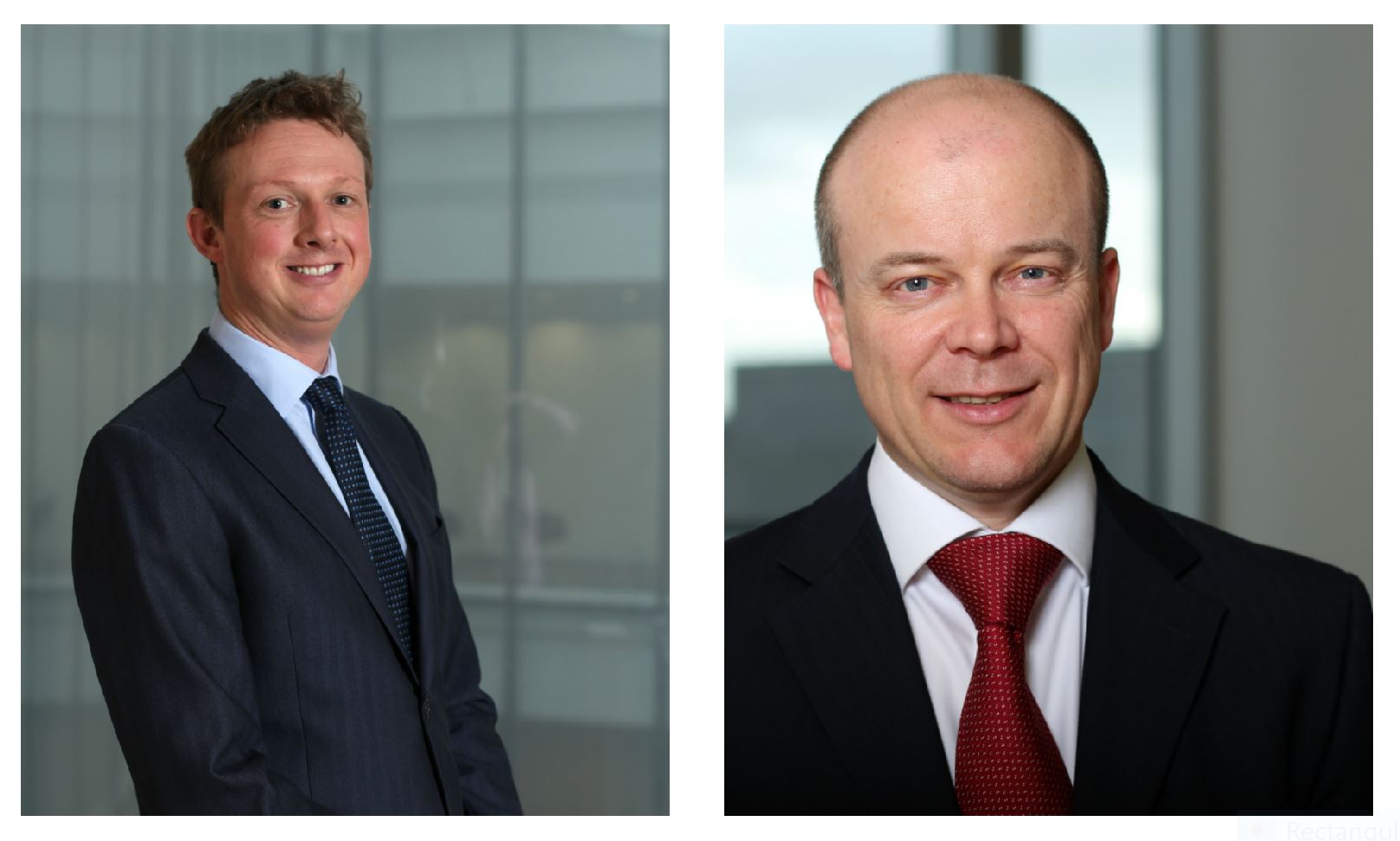
The Henderson Global Growth strategy essentially seeks to analyze the underlying business of the companies in which it invests, with a strong focus on those companies that grow in the long term. A global equity portfolio of growth style, but which selects its stocks from a ‘value’ perspective. Two of the four managers that make up the investment team explain its characteristics in detail.
The Management Team
For Ian Warmerdam, Portfolio Manager and Director of the Henderson Global Growth strategy at Janus Henderson Investors, it is imperative to have the best talent in managing a global equity fund. And, that can only be achieved by creating the best conditions to attract and retain talent, with a boutique management culture and entrepreneurial spirit.
That is why he believes that, in a small team of managers, it’s easier to see the results of each manager’s individual contributions: “If you are a good manager or a good analyst and you have confidence in your capabilities, why would you want to be just another cog in the machine in a large management team when you could see the direct result, in terms of risks and rewards, of your investment decisions?”
He also does not expect his team to grow in the short term. Composed of 4 highly motivated and autonomous managers: Ronan Kelleher, Gordon Mackay, Steve Weeple and Ian Warmerdam himself, they all have over 16 years experience in the investment industry and at least 7 years within global equity management. A team that, before joining Global Equities, had already worked together at some point during each of their careers, and which shares investment ideas with the Global Emerging Market Equities team, led by Glen Finegan.
According to figures at the end of March of this year, in total, they manage about 1.5192 billion dollars in assets, with its flagship strategy being the Henderson Global Growth, which, seven years after its launch, manages 604.5 million dollars.
Investment Philosophy
As for the investment philosophy followed by his team, Warmerdam points out that the strategy follows a bottom-up approach: “We spend very little time thinking about geopolitical factors. We believe that the vast majority of companies we value have intrinsic value in their own right. External factors are actually a distraction, when the market moves it creates opportunities, but it is really the business analysis that allows us to invest in the long term.”
Janus Henderson’s team likes to think that when you invest in a company you do it in perpetuity; that kind of mentality helps to focus on stocks with high quality at the franchise and managerial levels, two variables that allow the stock to accumulate value in the long term. “We carry out a strict valuation process, Henderson Global Growth is a growth strategy, but we like to think that we are value investors. We never build the portfolio based on an index, under any circumstances. The core of our investment process is very simple, companies change, industries change, but the important thing is to focus on weighting risks and opportunities. But the financial industry likes to complicate it; the key is not to be distracted by new theories and by terminology.”
Warmerdam admits that it is extremely difficult not to be distracted in a world inundated with news 24 hours a day, macroeconomic and political events broadcast as sensationalist press, and real-time information on stocks and markets. “Following the markets in real time is a huge distraction, which can play tricks on our human emotions when it comes to investing, fear and greed. We look for some kind of gratification that confirms our decisions in the feedback that the market seems to provide, and that is a very dangerous thing to do. Financial markets are the only market in the world that people tend to flee from when there are rebates, this shows how little logic they have.”
What Type of Stocks Make Up the Portfolio?
The fund includes quality stocks that continue to grow over the long term with attractive valuations. When they look for new investment ideas for the fund’s portfolio, they pose six questions grouped into three themes: strength of franchisee, financial fundamentals and management team. In order to include a stock on the follow-up list, and from there to the final portfolio, they must be able to successfully address these questions.
Gordon Mackay comments that the first question asked is whether the company participates in an attractive final market. What they are looking for with this question is to identify markets in which companies continue to grow and where participants can obtain attractive economic returns. Markets with a clear structural growth trend in which, from the consumer’s perspective, the final product is very difficult to differentiate in any significant way. The second question is whether the company has a competitive advantage that is sustainable over time. With this question they seek to determine who the competitors are and how the company is positioned in relation to them.
In terms of financial fundamentals, they look at the quality of earnings, which is usually determined by a strong cash flow component and by high levels of cash flow conversion capability for long-term shareholder returns. Generally, it’s those companies that are able to generate high yield on their own resources (return on equity), which are able to reinvest in their businesses and to keep growing.
“We look for businesses that are able to withstand a downturn in the business cycle. We try to find out how resilient the underlying business itself is, and how strong its balance sheet is; and whether the company has been managed in a conservative way from a financial perspective,” says Mackay. “From the standpoint of portfolio positions, we tend to find fewer companies in the financial sector that are able to meet these criteria.”
For managers of the Henderson Global Growth strategy it’s very important to know the senior management team that manages the company. We are looking for high quality leadership that has been able to allocate its capital historically and which demonstrates ethical practices and good corporate governance. The final question is whether the company’s management team is able to act in the interest of minority shareholders. “We like to see that there is a high level of alignment between the shareholders and the management team. What we prefer is that there are executives who own the same shares that we do in the company, instead of only benefiting from stock options, because when they are part of the shareholder group, they tend to be more conservative in their actions.”
Once a company meets these six requirements, they can potentially be included on a watch list, which typically contains between 80 and 120 securities. That any of these stocks make it into the final portfolio depends on the level of valuation and the analysis of expectations. The Henderson Global Growth portfolio is a high conviction portfolio, which concentrates on between 45 and 60 securities. “When we add a new company to our strategy, we use weights of 1.5% or 3%. When we do not get it right in the valuation of fundamentals, or when the stock is overvalued, it is sold. Each of the portfolio managers has his own inventory of investment ideas, we do not try to cover the entire market,” adds Mackay.
What Trends does the Strategy Follow?
It is a portfolio composed exclusively of long positions, which does not use derivatives to try to improve the performance obtained. In addition, it seeks to focus on positions with growth in the long run, following a series of trends that the management team has identified as secular trends that are still below their intrinsic value. Thus, Mackay comments that, although these trends are not necessarily “undiscovered”, they will represent a significant change over the next five and ten years: the transformation of the internet, innovation in the field of health care, improvement in energy efficiency, consumption growth in emerging countries, and digital payment.
“A clear example of the trend of digital payment is Mastercard. A stock which could be perceived as expensive in terms of multiple P/E with respect to next year, but which, if evaluated over a five-year horizon, can be seen as attractive growth,” Warmerdam concludes.



